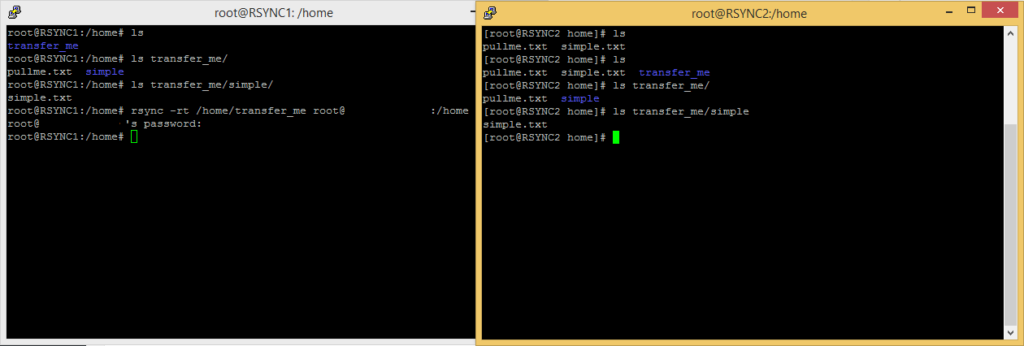
For a more detailed practical and mathematical explanation refer to how rsync works and the rsync algorithm, respectively. Using this information a large file can be constructed using rsync without having to transfer the entire file. For each file to be constructed, a weak and strong checksum is found for all blocks such that each block is of length S bytes, non-overlapping, and has an offset which is divisible by S. Whether transferring files locally or remotely, rsync first creates a file-list containing information (by default, it is the file size and last modification timestamp) which will then be used to determine if a file needs to be constructed.

Network file transfers use the SSH protocol by default and host can be a real hostname or a predefined profile/alias from. Remote locations can be specified with a host-colon syntax: You may want to use the -r/ -recursive option to recurse into directories.įiles can be copied locally as with cp, but the motivating purpose of rsync is to copy files remotely, i.e. The -P option is the same as -partial -progress, which keeps partially transferred files and shows a progress bar. Rsync can be used as an advanced alternative for the cp or mv command, especially for copying larger files:


For saving network bandwidth, rsync employs a type of delta encoding. This file transfer and synchronization tool are often seen in Linux or Unix-based systems. It is a valuable utility for syncing files locally and remotely. Note: Using rsync instead of cp/mv is efficient across different filesystems, but not for copying or moving files on the same filesystem. rsync is a popular tool for synchronization files between two computer systems.


 0 kommentar(er)
0 kommentar(er)
